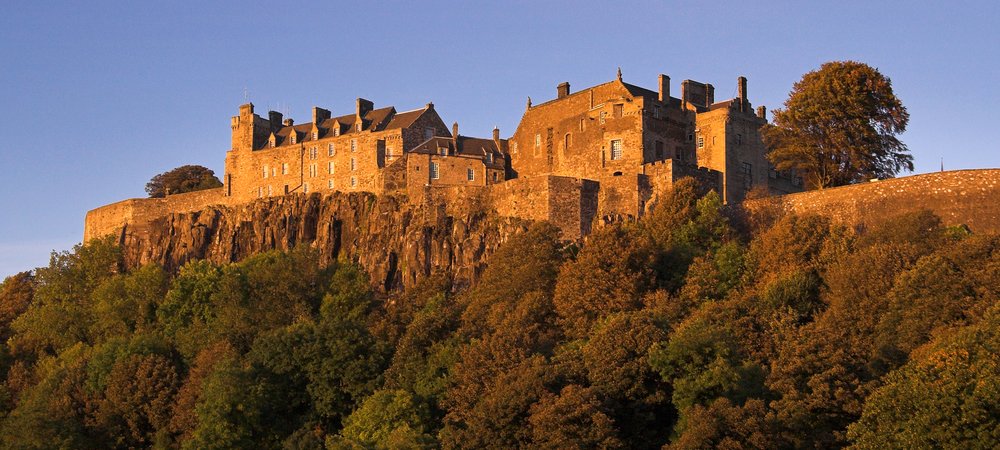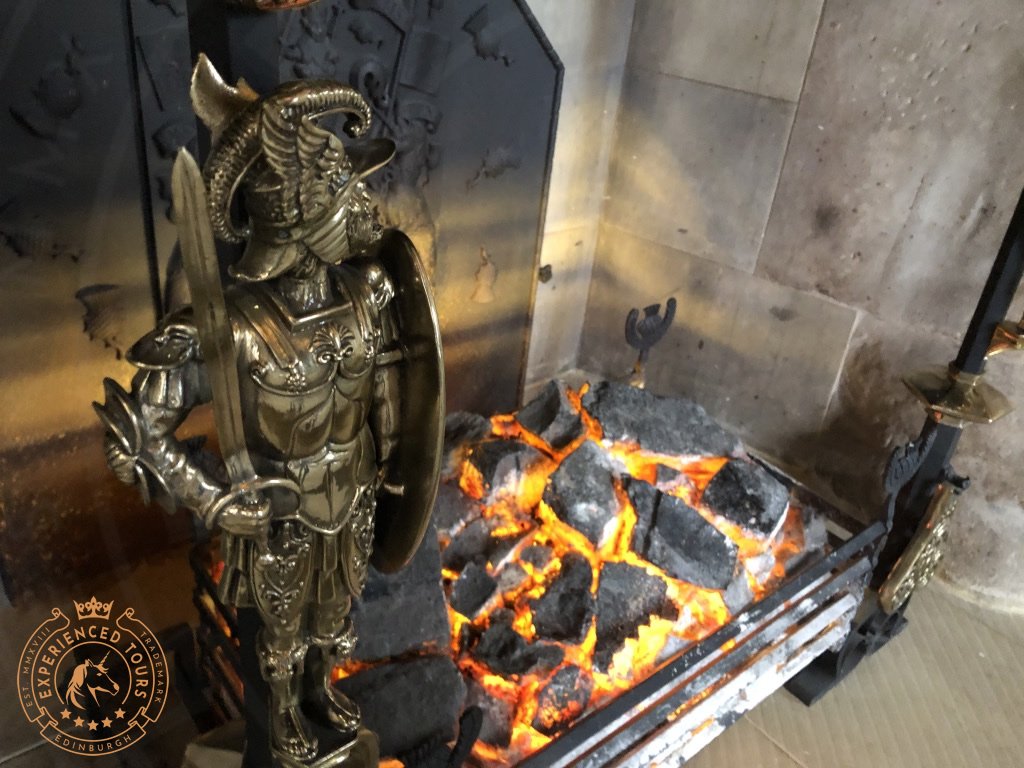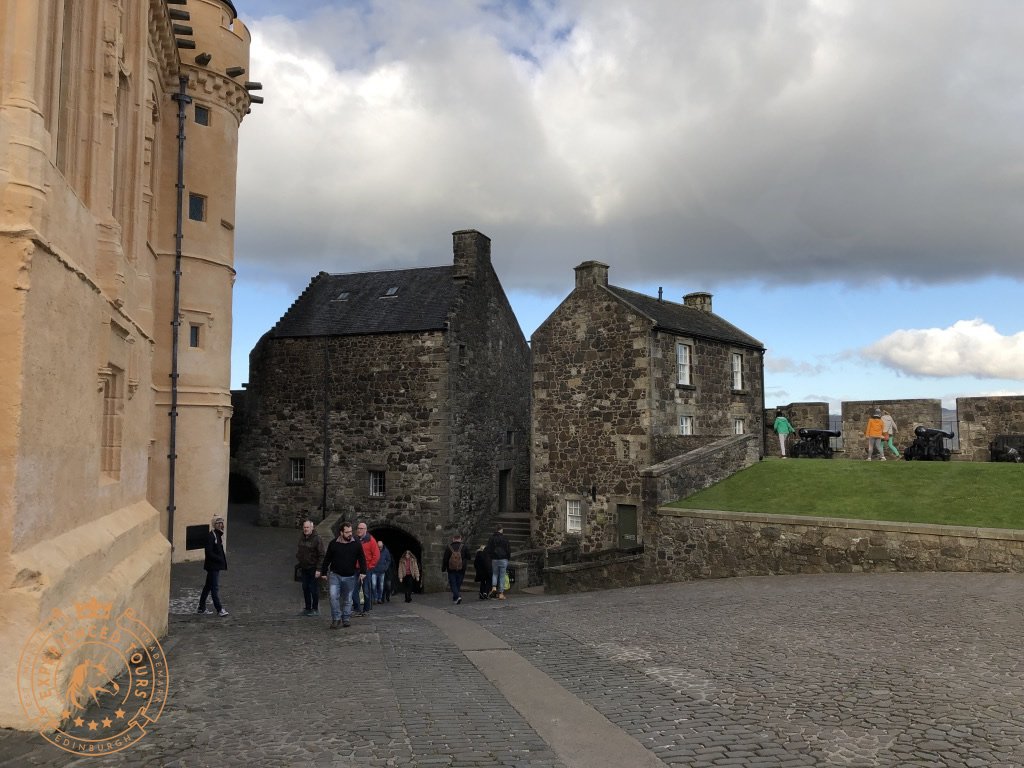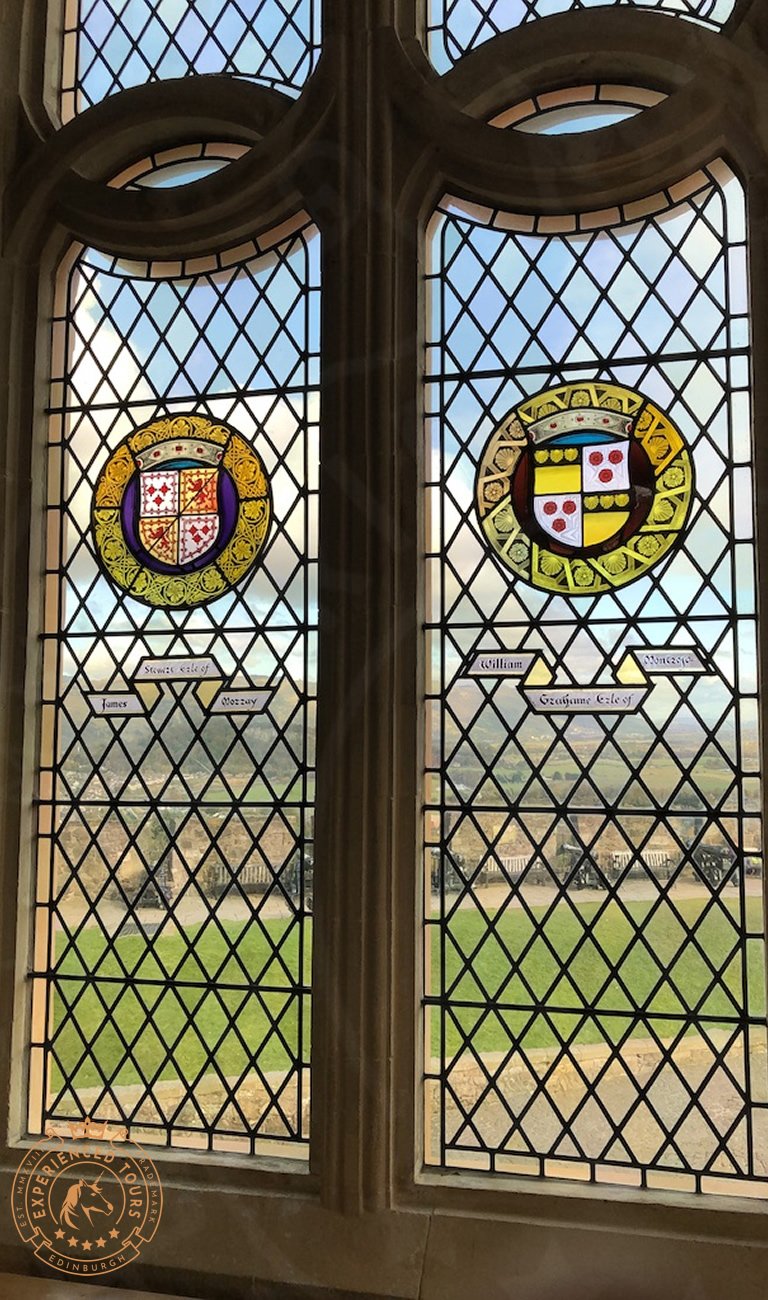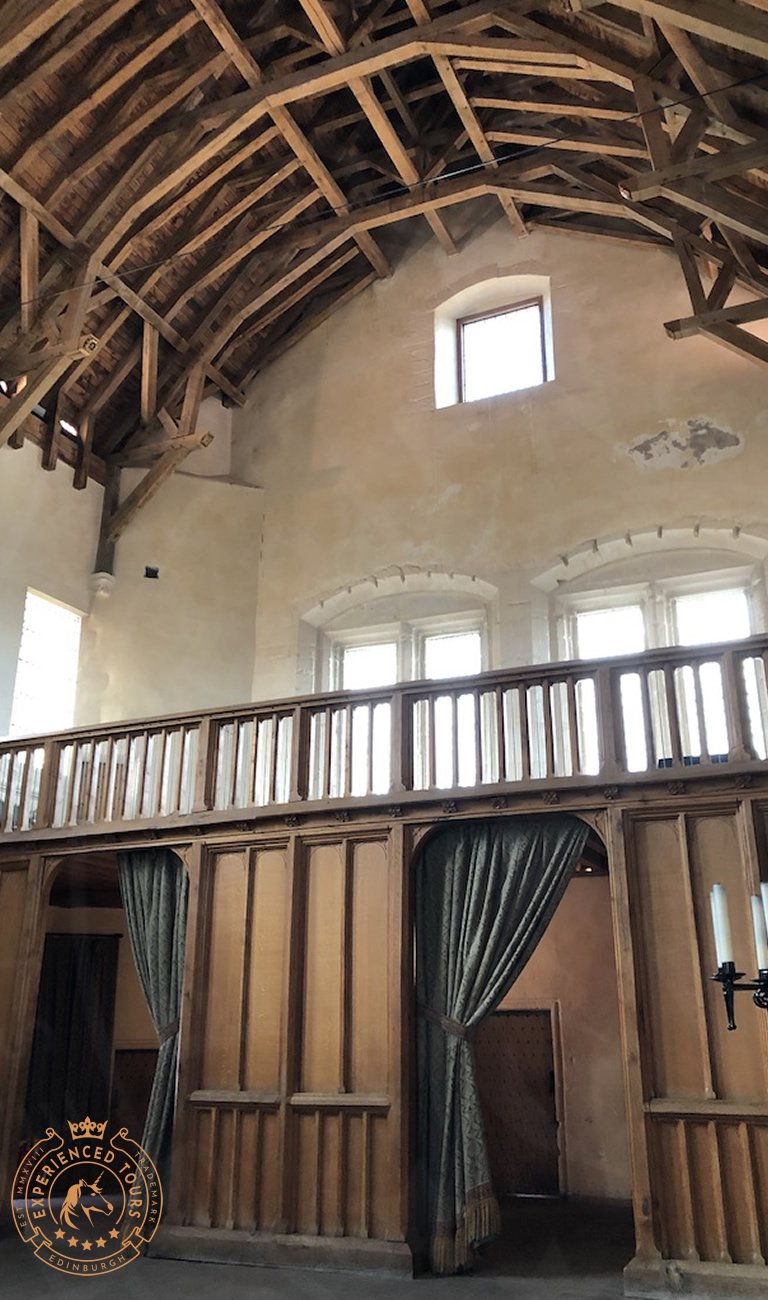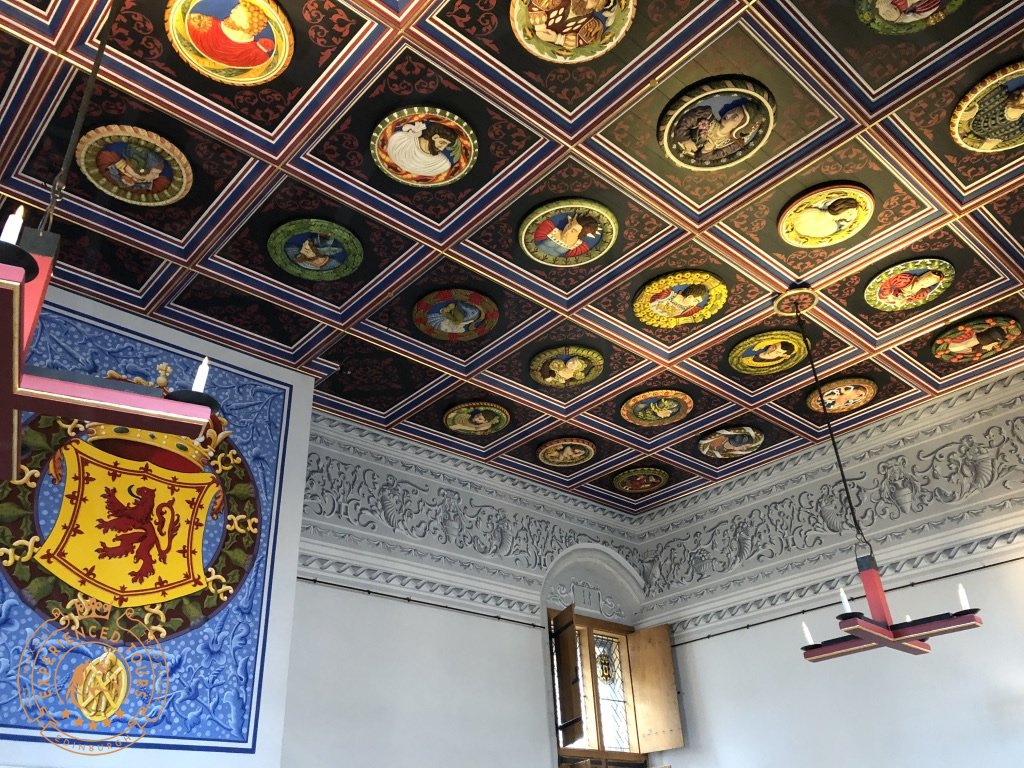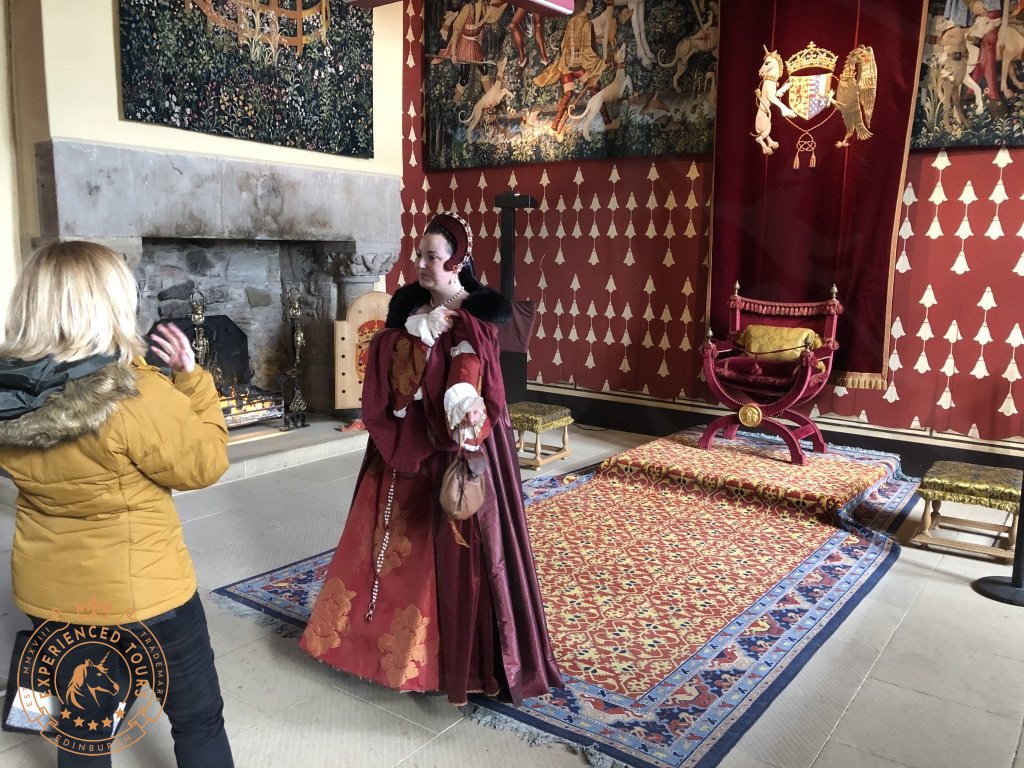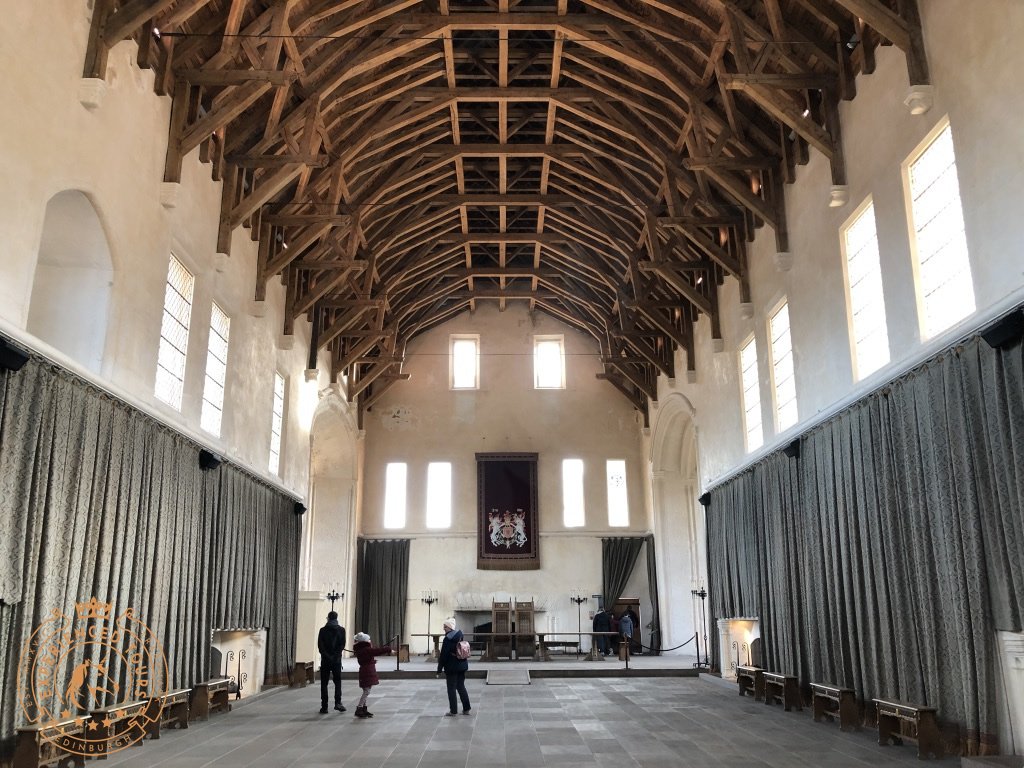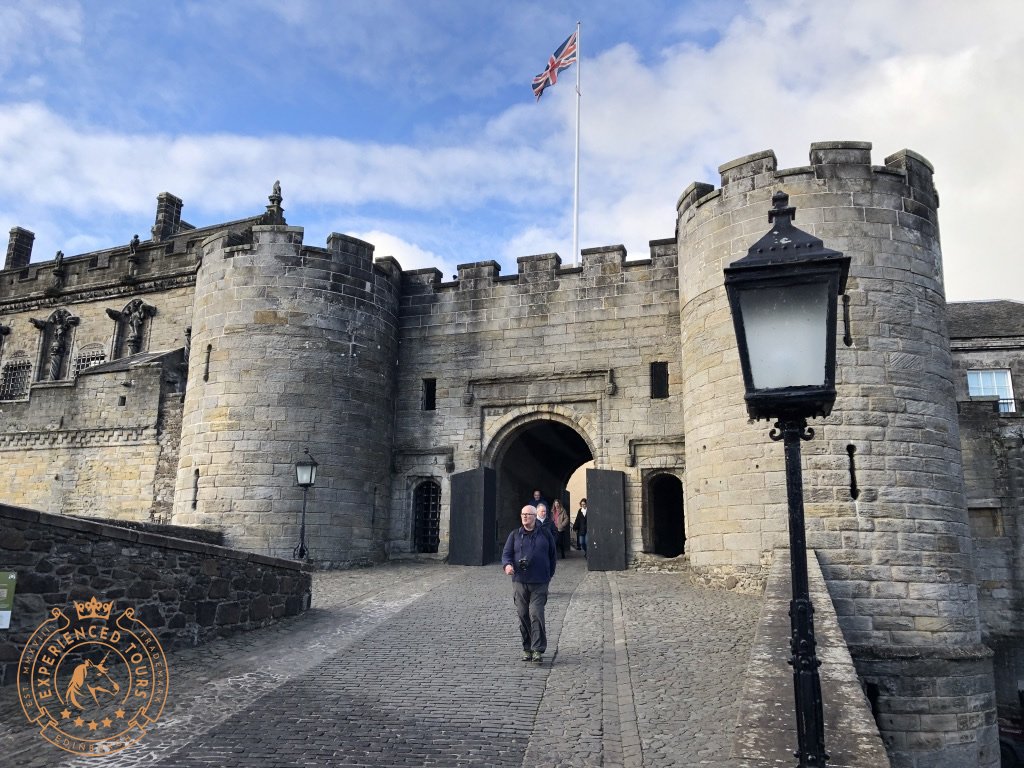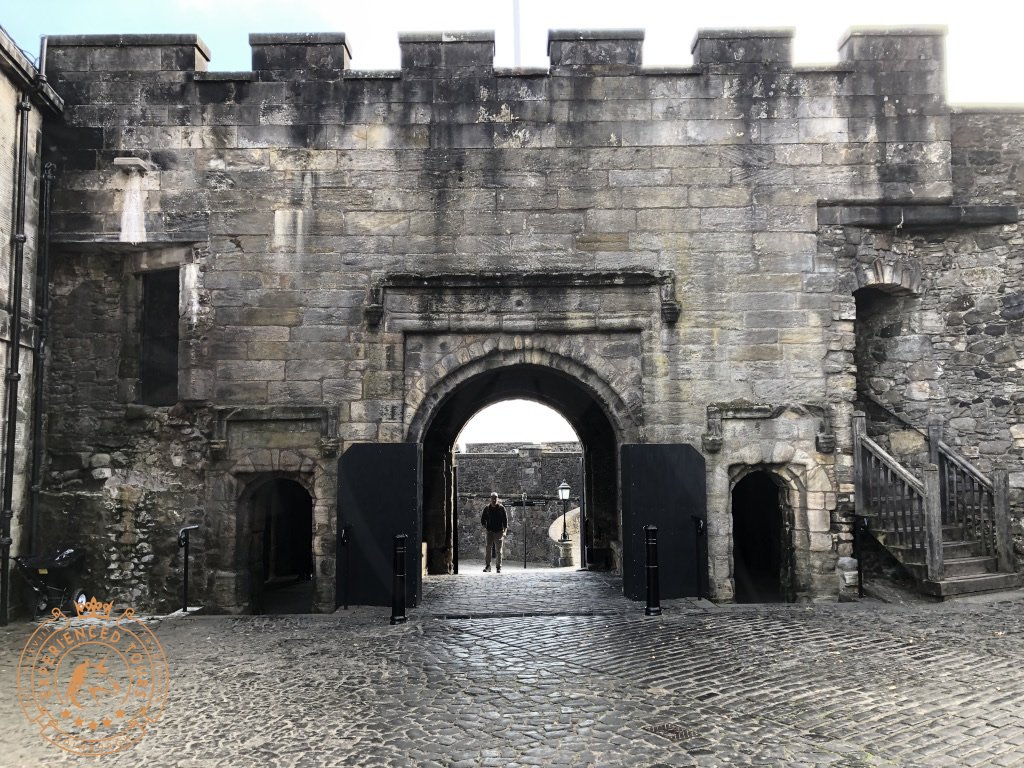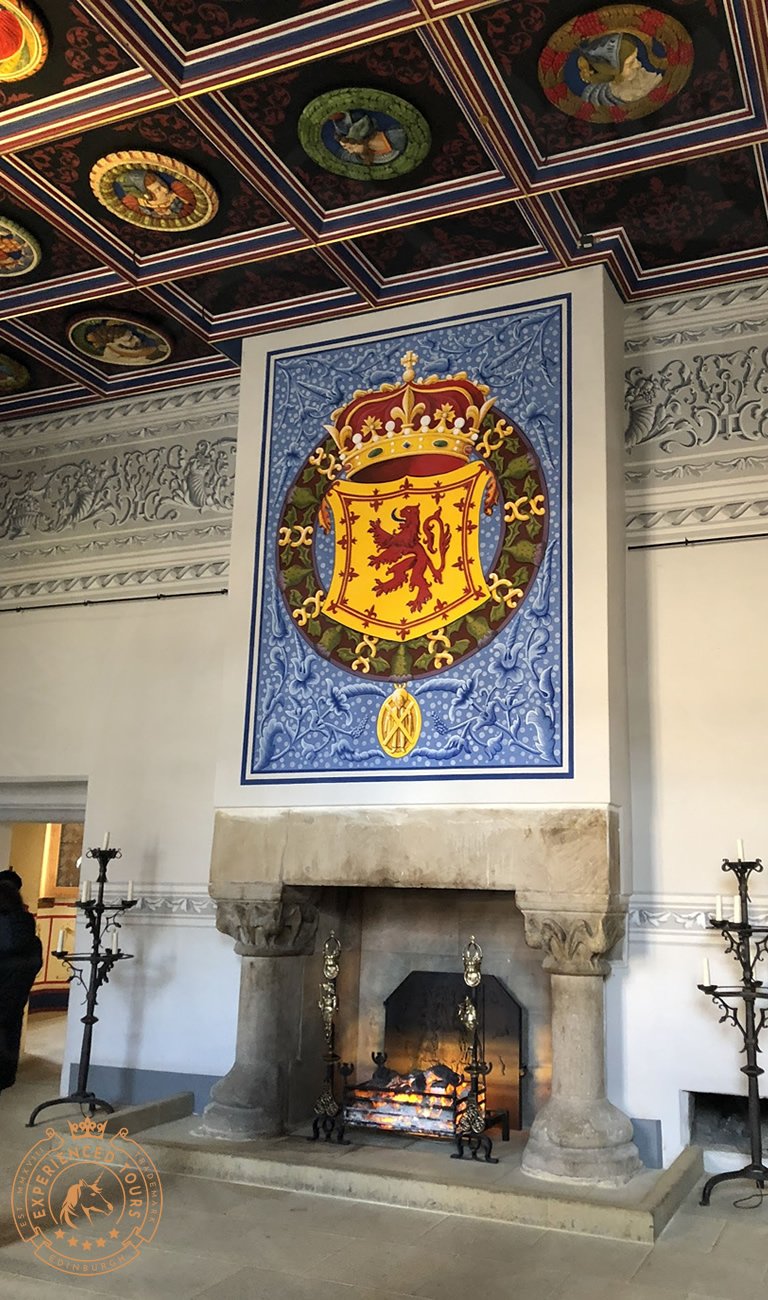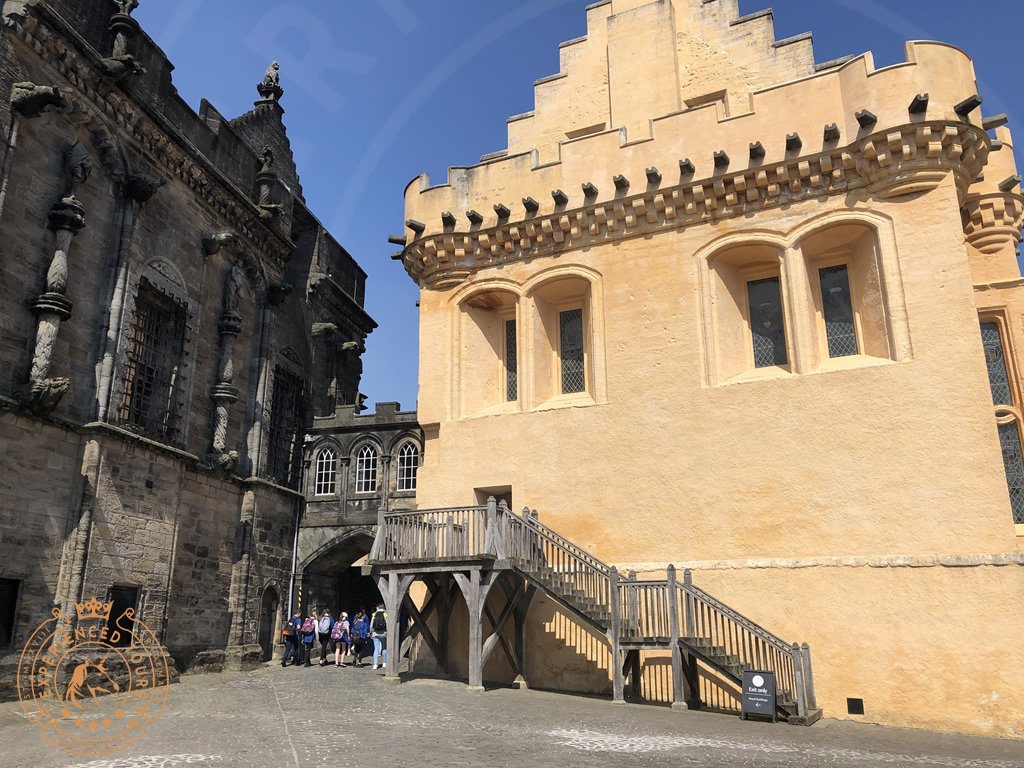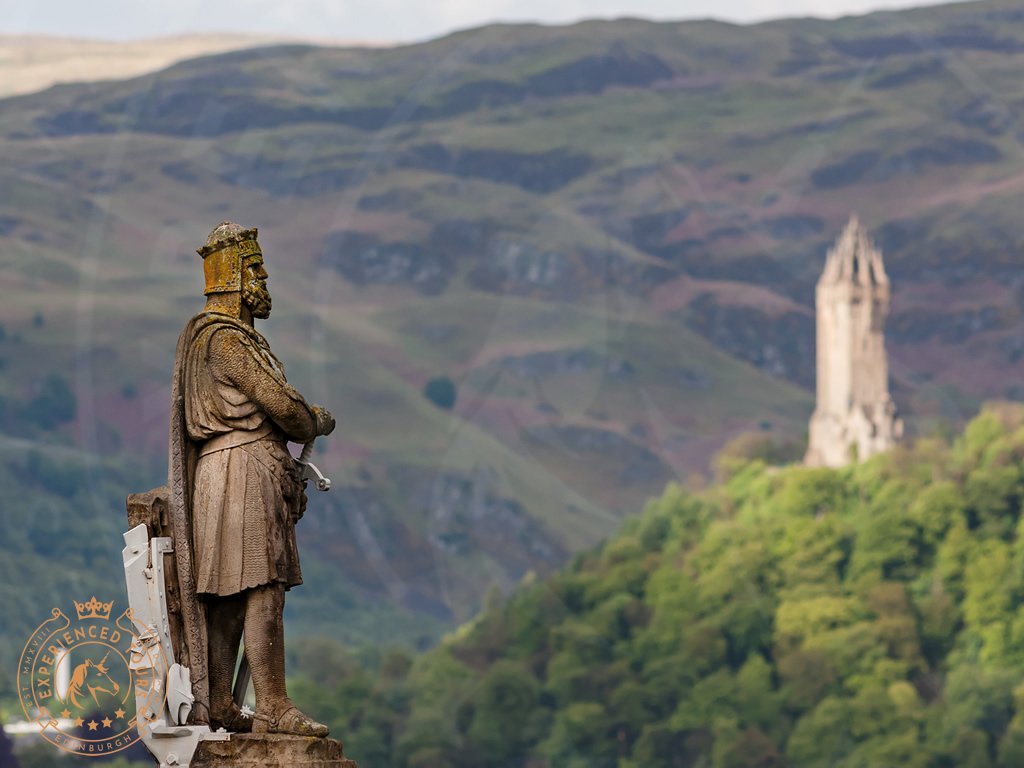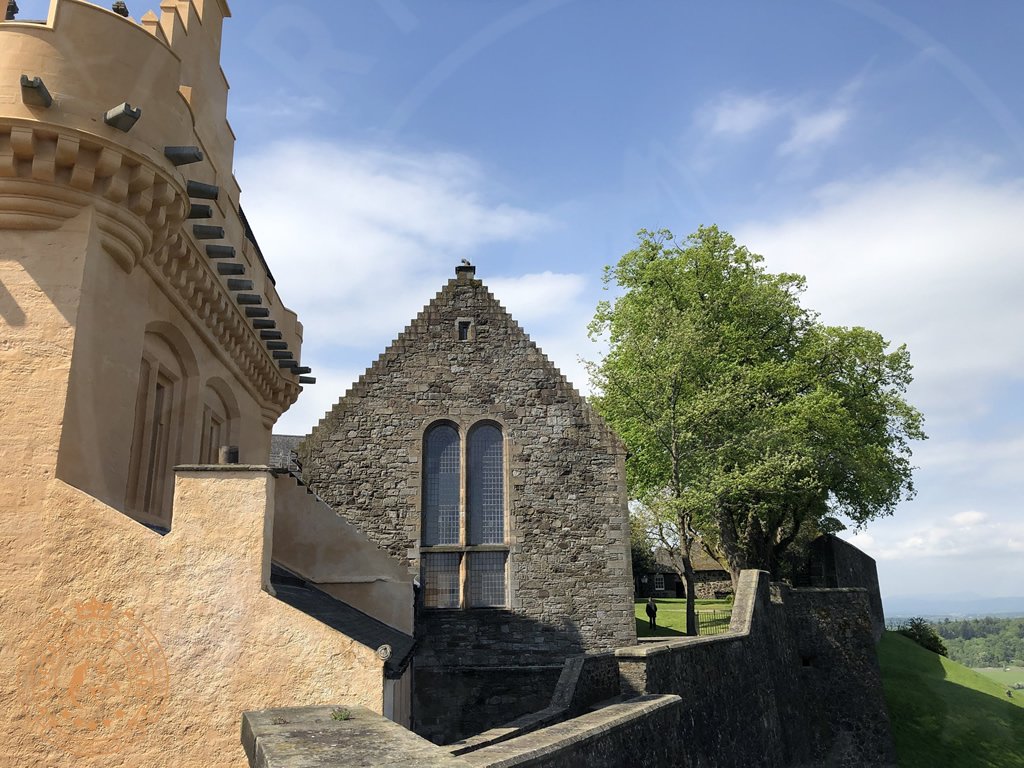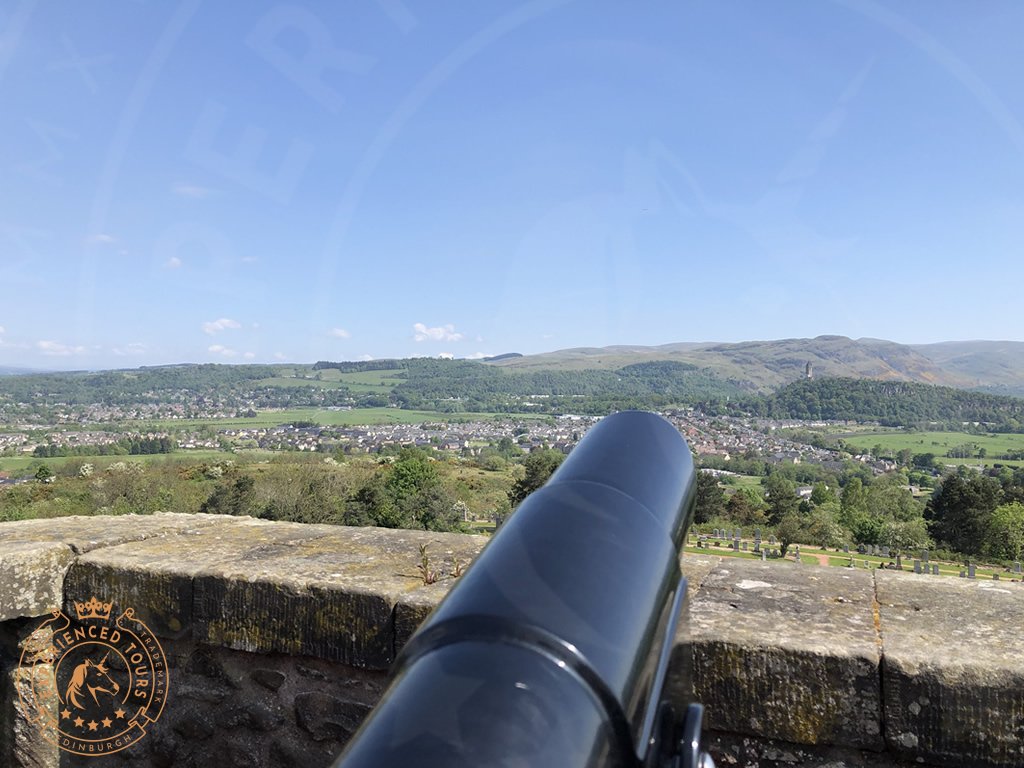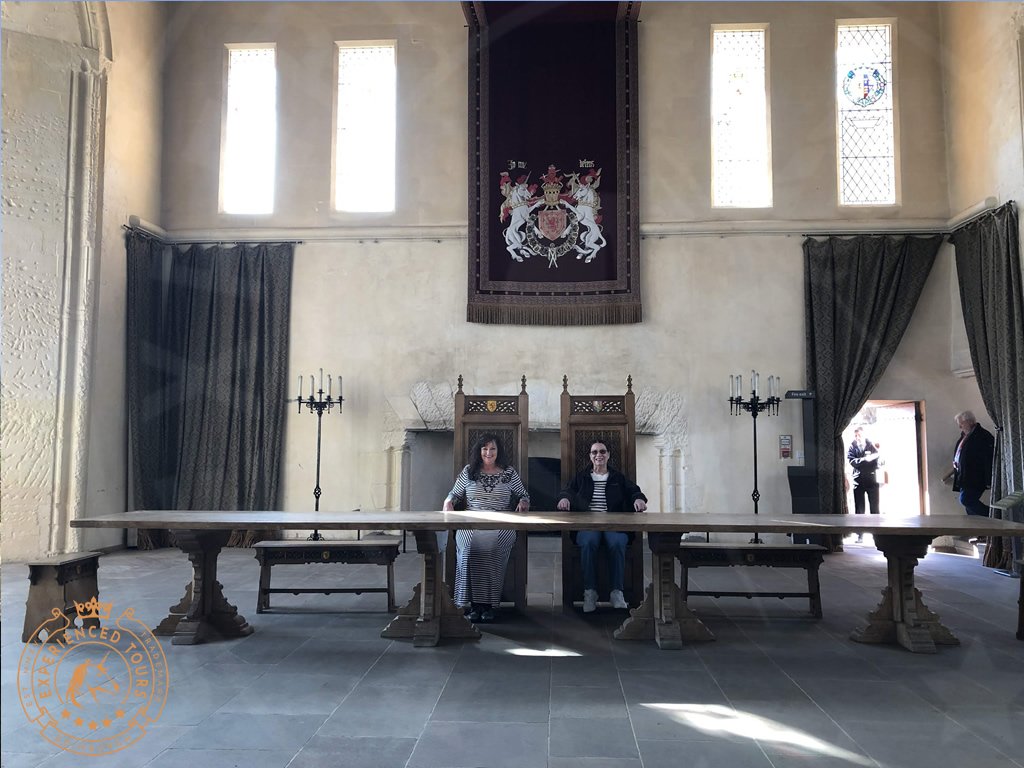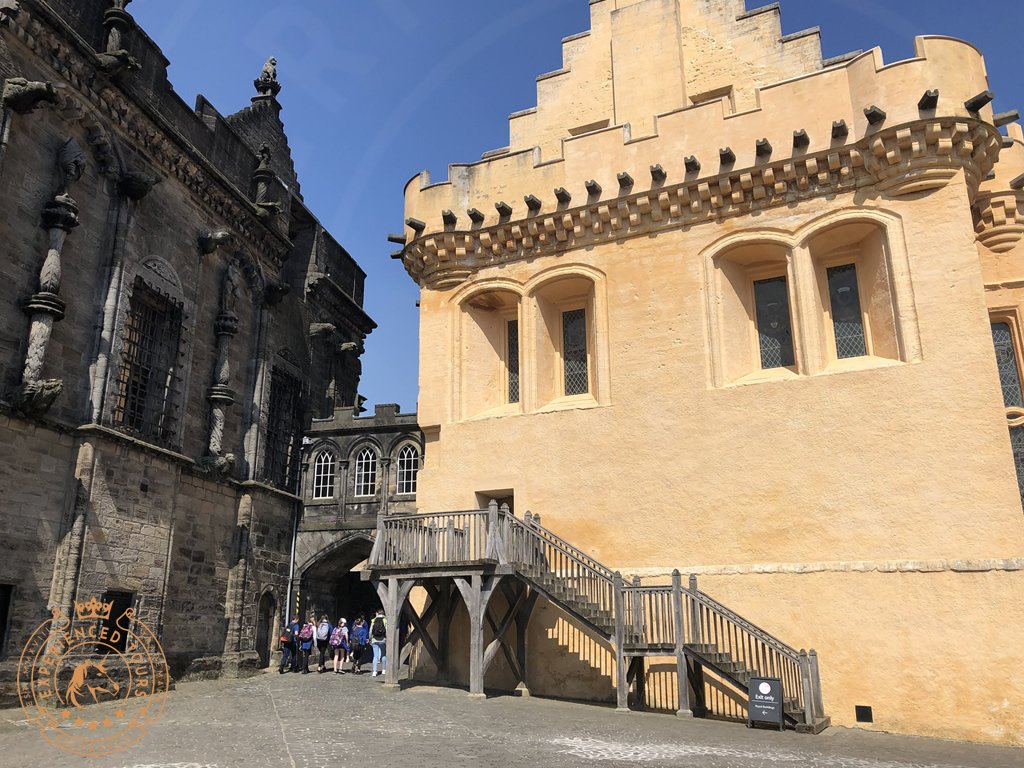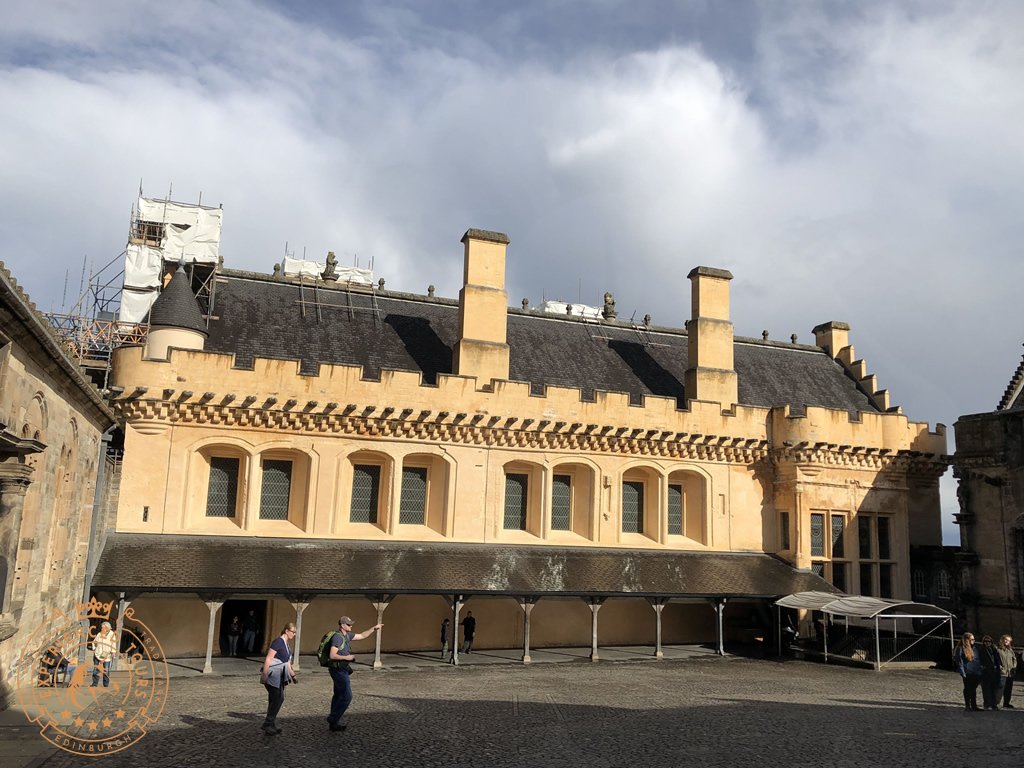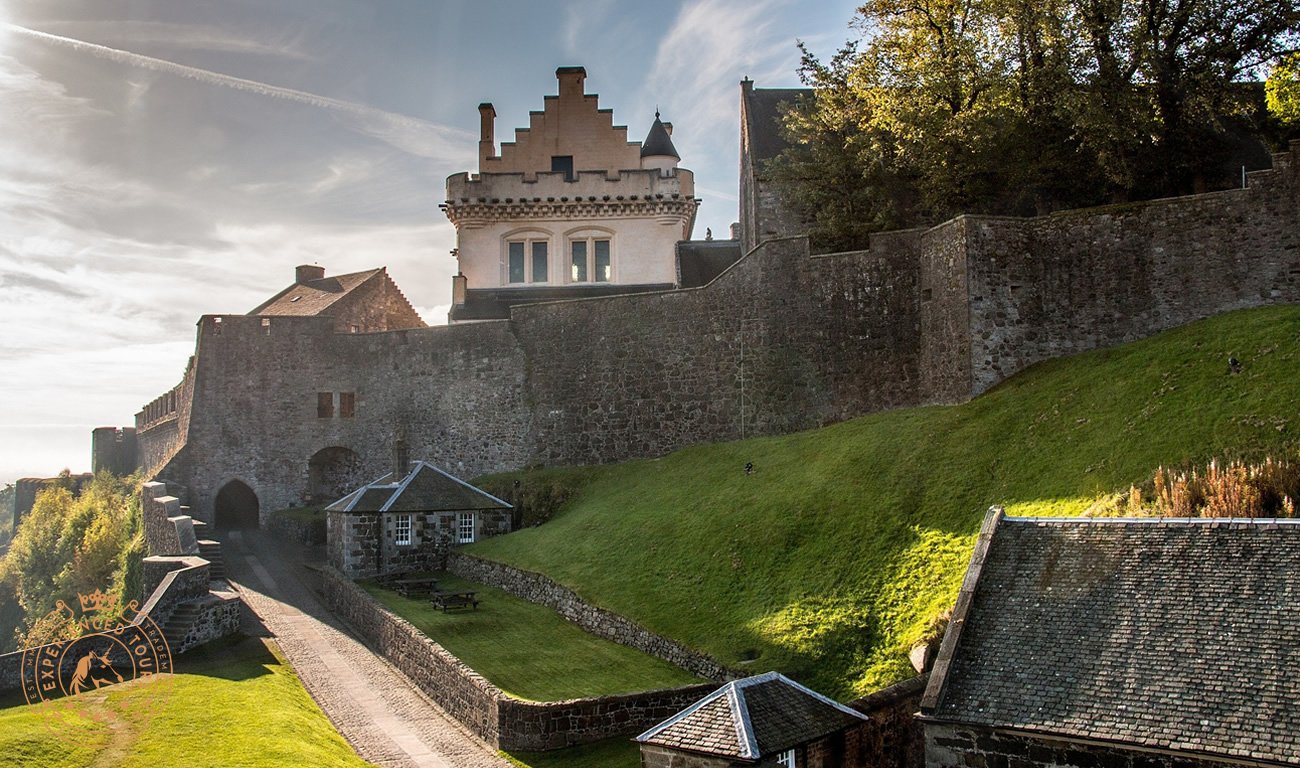Stirling Castle
Stirling Castle is one of the largest and most historic castles in Scotland. Like Edinburgh Castle, it stands on a volcanic plug and has been used as a place of safety for many centuries.
The castle played an important role during the Wars of Independence, changing hands several times. In September 1297 at Battle of Stirling Bridge took place nearby and The Wallace Monument stands across the Carse of Stirling in memory of this significant battle.
By June 1313 it was one of only four Scottish castles that remained in English hands. The English governor promised to surrender if it had not been relieved within a year. After delaying for almost the whole year, Edward II led an army north. Within sight of the castle, King Robert the Bruce led the Scots army to decisive victory at Bannockburn in June 1314 – a victory that secured the independence of Scotland.
As part of his plan to modernise Scotland, James IV carried out extensive building work at Stirling in the early 16th century. He was responsible for the King’s Old Building and for the Great Hall – one of the grandest building projects of its time. During the 1530s, his son James V began building the Royal Palace in the Inner Court; it became the first true Renaissance palace in the British Isles.
The latest major building was the Chapel Royal, completed in 1595. It replaced an earlier chapel where the infant Mary Queen of Scots had been crowned in 1543.
Since the army left the castle in 1965, an extensive restoration programme has been carried out. The Great Hall, much altered during the years when it was used as a barracks, was given a new hammerbeam roof and limewashed in medieval fashion. The Royal Apartments were reopened in 2011, having been returned to the condition of the 1540s when they were the childhood home of Mary, Queen of Scots. The impressive ‘Heads of Stirling’ in the King’s apartments are a must-see.
Stirling Castle
Castle Esplanade
Stirling
FK8 1EJ
www.stirlingcastle.scot
Open annually
Private tours that visit this location:
